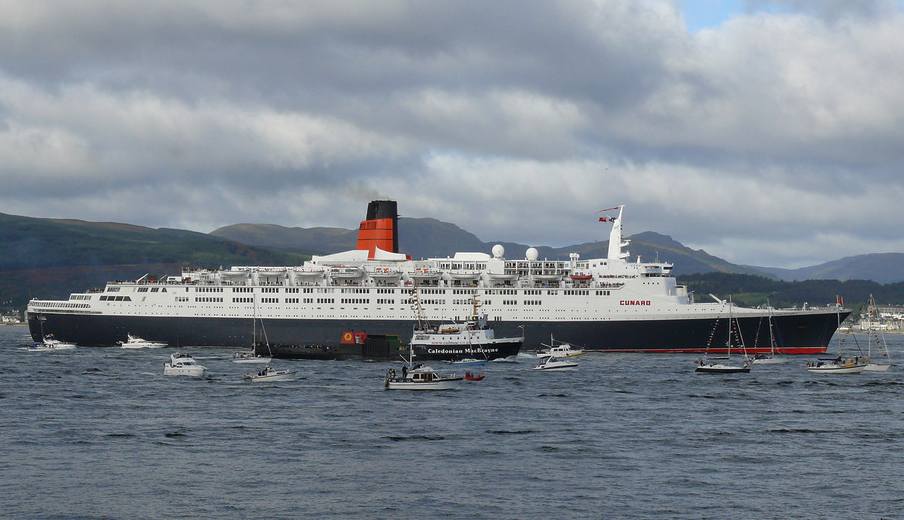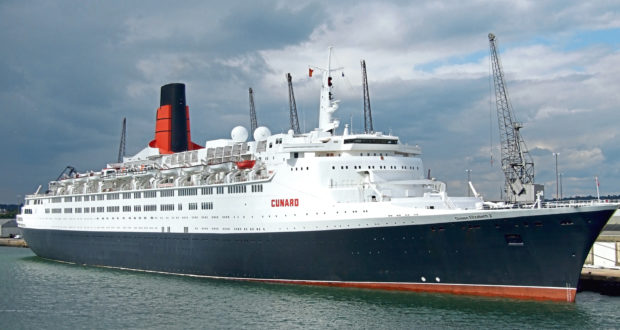
Half a century ago, the QE2 sailed on her maiden voyage.
On May 2 1969 the huge Cunard liner, the last word in ocean-going luxury, slipped her moorings at Southampton and set course for New York.
Four days, 16 hours and 35 minutes later, the 1,400 passengers, 928 crew – and eight dogs – berthed in Manhattan.
They’d been given a warm welcome, being escorted through the vast New York Harbour by several tugs, fireboats spraying their water cannon, dozens of smaller vessels and even a US Navy warship.
Technically this wasn’t the Cunarder’s first voyage as she’d departed on a short “shakedown” cruise to Las Palmas in the Canary Islands the previous month, the equivalent of what would be termed a “soft opening” today to make sure everything was shipshape for her debut proper.
In fact, both of these trips had been delayed when sea trials the previous year had revealed the liner suffered from a resonant vibration that saw Cunard refuse to accept the new ship.
Luckily, the fault was traced to a fixable flaw in the blades of the huge turbines that drove her twin propellers.
Costing £29 million – £368m in today’s terms – her design was described as that of a “very big yacht” with “sleek, modern and purposeful” lines and it has to be said she certainly looks the part, as opposed to modern liners who tower above the water, looking as if they should capsize at any moment.
While the QE2’s maiden transatlantic crossing generated headlines across the world, it wasn’t her most famous trip.
In 1971, she helped rescue more than 500 passengers from Mustique, where they’d fled after abandoning the burning liner Antilles which had run aground on a reef.
And the following year, on another transatlantic crossing, the passengers were treated to the surreal sight of an RAF Hercules transport aircraft passing low over the ship before a combined SAS and SBS team ignored all safety parameters to parachute into the rough sea where they were picked up by one of the liner’s boats.
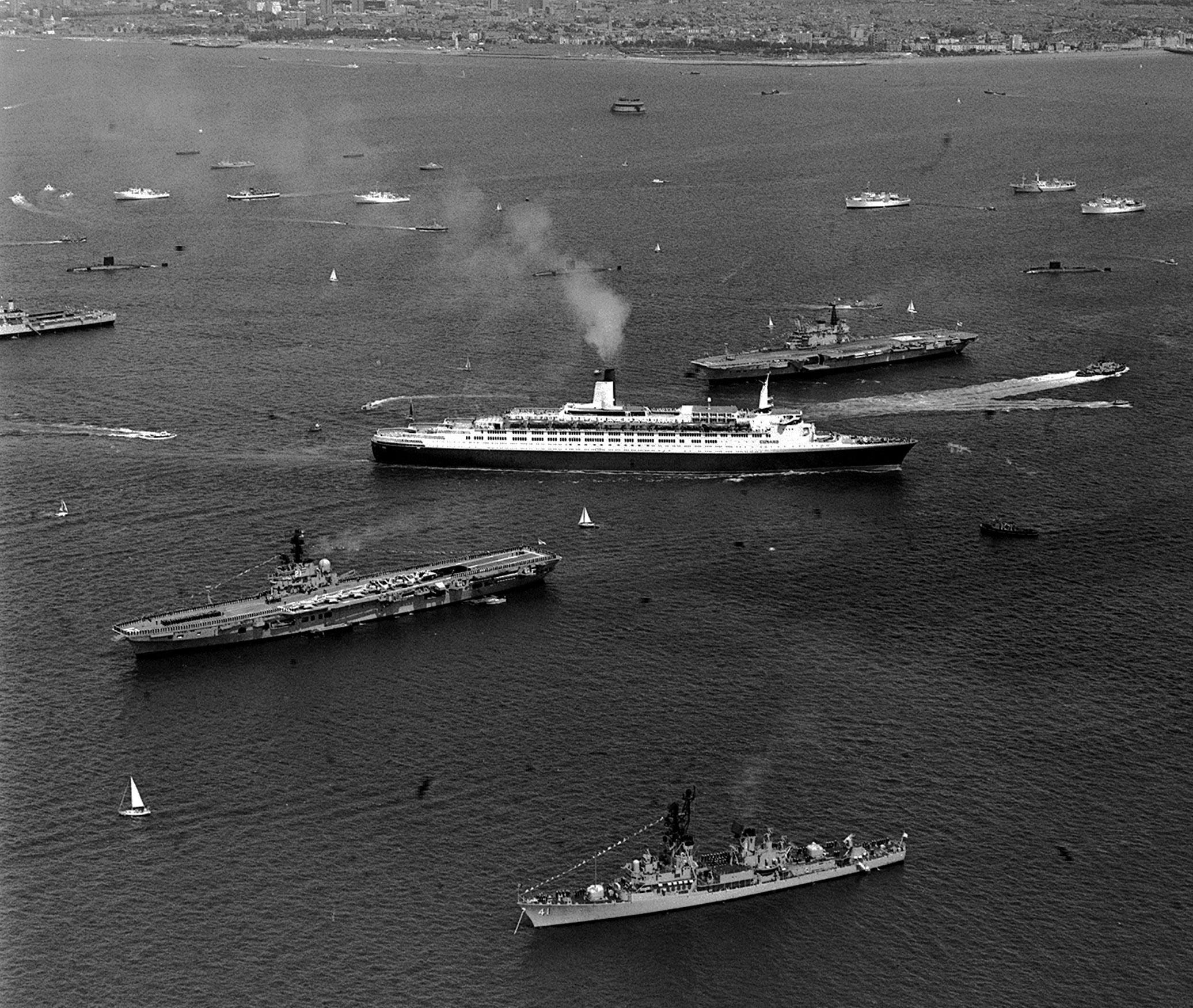
Only then did the captain reveal to his astonished passengers that a bomb threat had been made against the ship, and that a British bomb disposal team had arrived.
It was subsequently found to be a hoax, with the FBI arresting the perpetrator, and the incident inspired the 1974 movie Juggernaut, starring Richard Harris and Omar Sharif.
The previous year, the QE2 had unknowingly faced an altogether more serious threat when she undertook two Mediterranean cruises to commemorate the 25th anniversary of the founding of Israel.
It’s been alleged that Colonel Gaddafi ordered a submarine to torpedo her in retaliation for Israel shooting down a Libyan airliner that had got lost over the then Israeli-occupied Sinai Peninsula, but that Egyptian President Anwar Sadat intervened secretly to foil the attack.
The QE2 was also under serious threat when she undertook her most celebrated voyage, acting as a troopship during the 1982 Falklands War.
She was requisitioned by the government and hurriedly converted for her wartime role with the addition of two helicopter pads and the transformation of previously elegant public lounges into mess decks for the troops.
Fuel pipes were fitted, running down from the deck to the engine room, so she could be refuelled at sea, and the luxurious carpets were covered with 2,000 sheets of hardboard to protect them from army boots.
Talking of protection, a quarter of the QE2’s length was reinforced with steel plating, and anti-magnetic coil was fitted to detonate mines and anti-aircraft machine gun mounts were welded to her railings.
However, when the 3,000 men of the 5th Infantry Brigade set sail for the South Atlantic, the QE2 had only one of her three boilers in operation as the need to keep her at sea and generating profits meant maintenance was a problem and reliability was becoming an issue.
Thankfully, the other two boilers were brought on line as the liner steamed south and, with the ship blacked out and her radar switched off to avoid detection, the crew used traditional methods for navigation.
She returned, full of soldiers, to be greeted in Southampton Water by the Queen Mother aboard Britannia.
Speaking of the Queen Mother, there has always been mystery surrounding the liner’s name.
The Queen Elizabeth, launched in 1938, was named by and for her and, as Cunard had a tradition of reusing names, their new liner was also the Queen Elizabeth.
However, according to one “official” history, when she was launched by the actual Queen Elizabeth II in 1967, Her Majesty said: “I name this ship Queen Elizabeth the Second”, taking everyone by surprise by adding the latter two words and basically naming the new vessel after herself.
For years, though, the official Cunard website stated that: “The new ship is not named after the Queen but is simply the second ship to bear the name – hence the use of the Arabic 2 in her name rather than the Roman II used by the Queen.”
But to muddy the waters still further that information was removed in 2007.
The QE2 was retired by Cunard in 2008 and sold to become a floating hotel off the Palm Jumeirah in Dubai but the financial crisis meant she only opened late last year.
It’s a sedate fate for a ship that led an exciting life.

Enjoy the convenience of having The Sunday Post delivered as a digital ePaper straight to your smartphone, tablet or computer.
Subscribe for only £5.49 a month and enjoy all the benefits of the printed paper as a digital replica.
Subscribe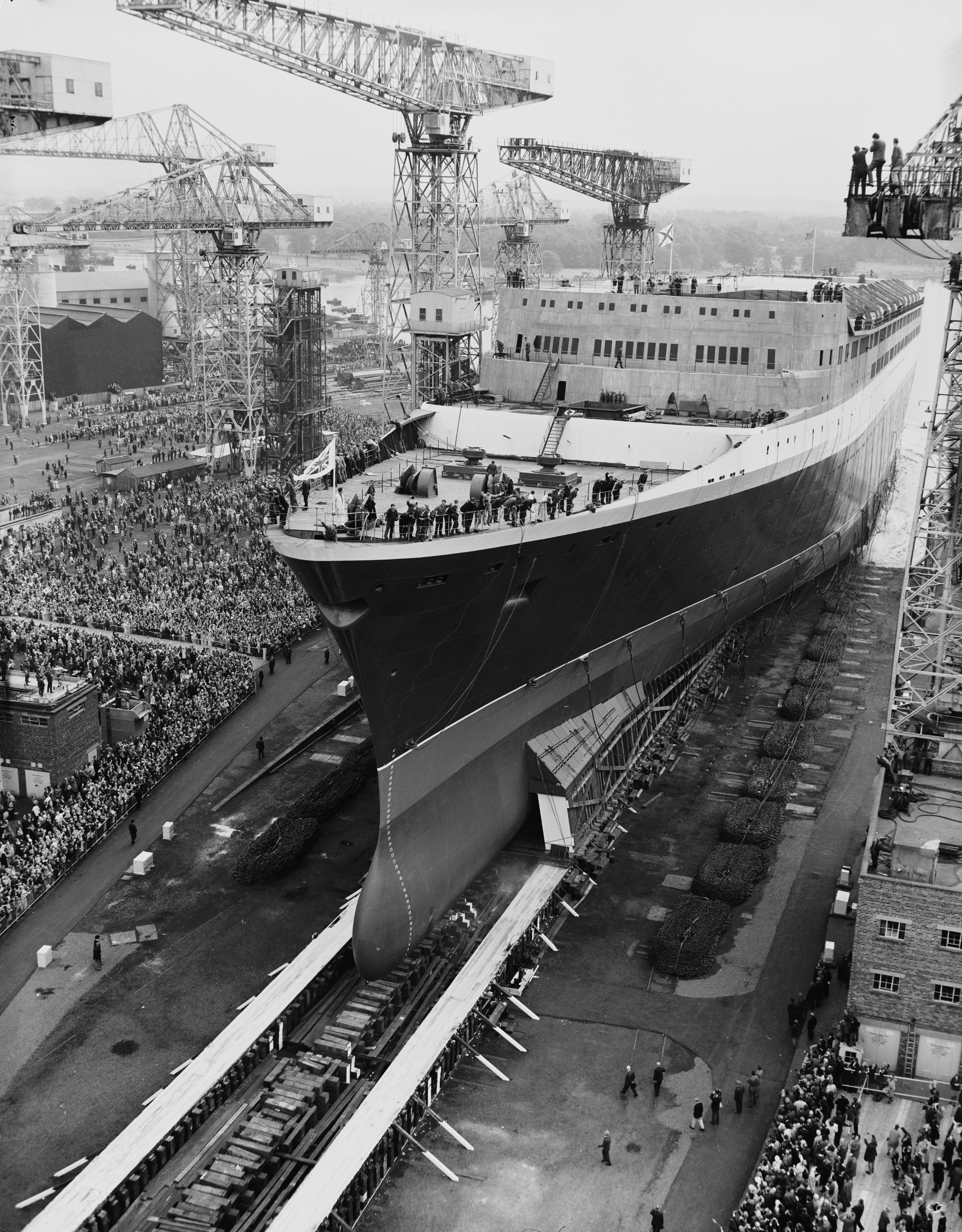 © Dennis Oulds & Ted West/Central Press/Hulton Archive/Getty Images
© Dennis Oulds & Ted West/Central Press/Hulton Archive/Getty Images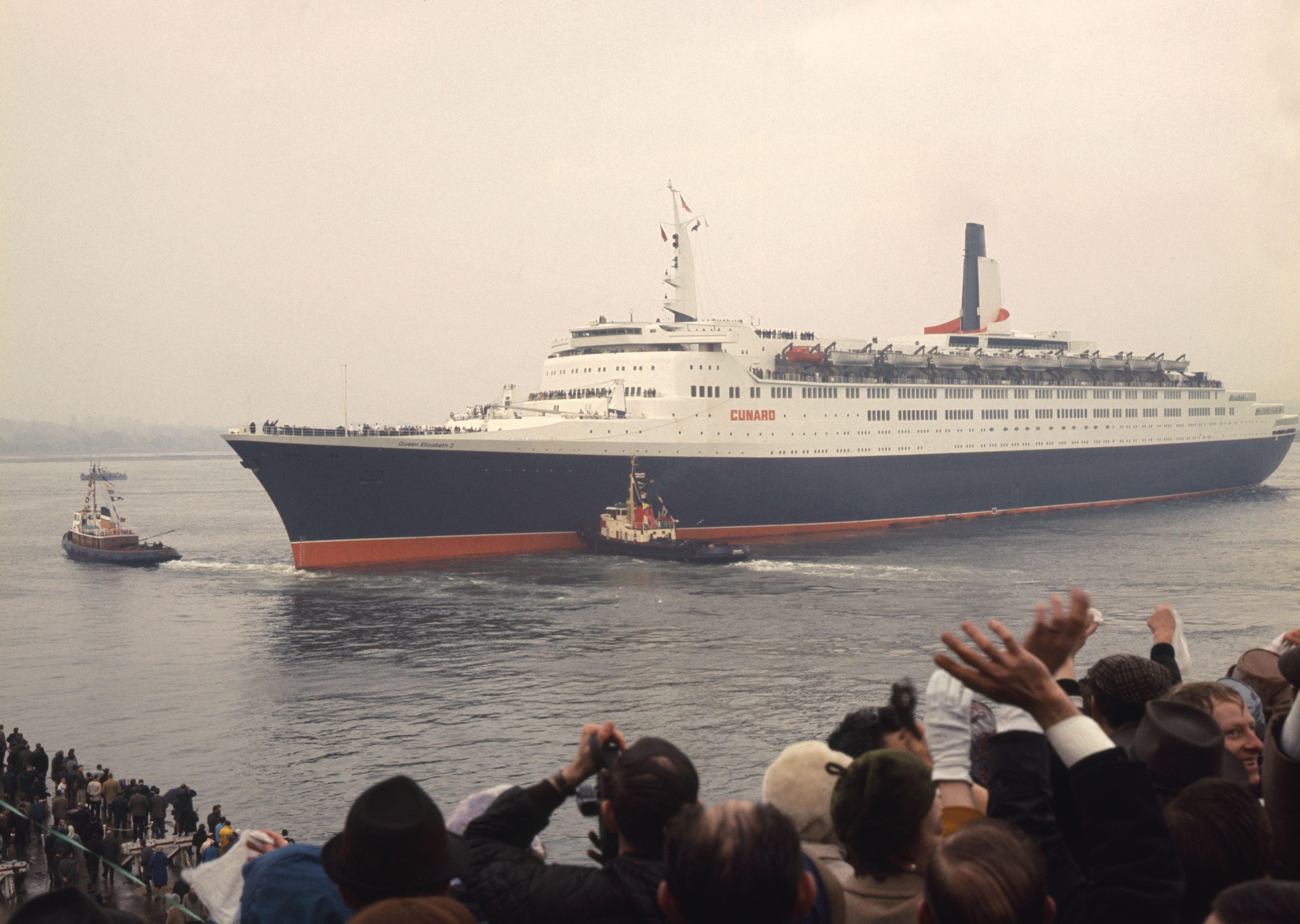 © PA Archive
© PA Archive